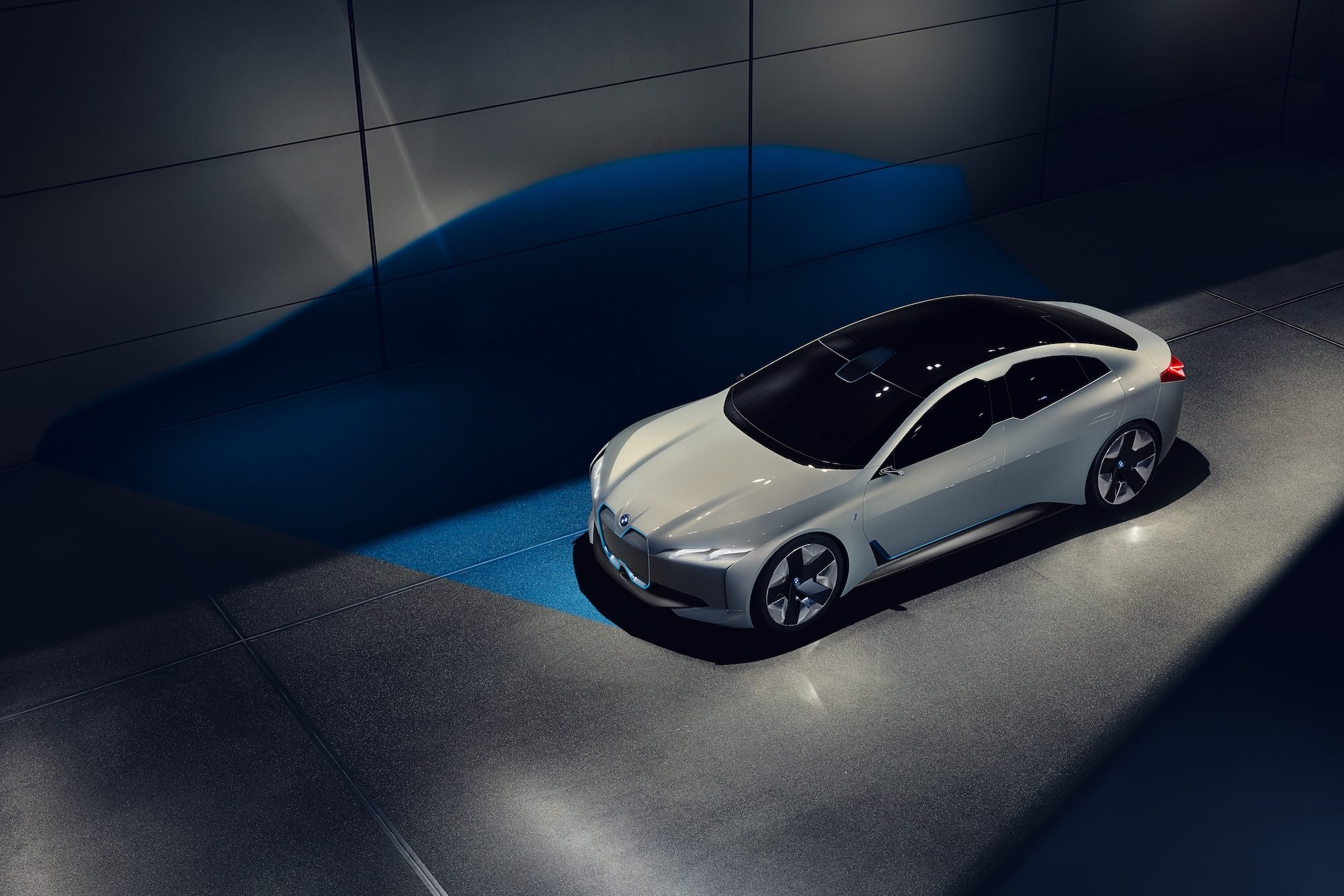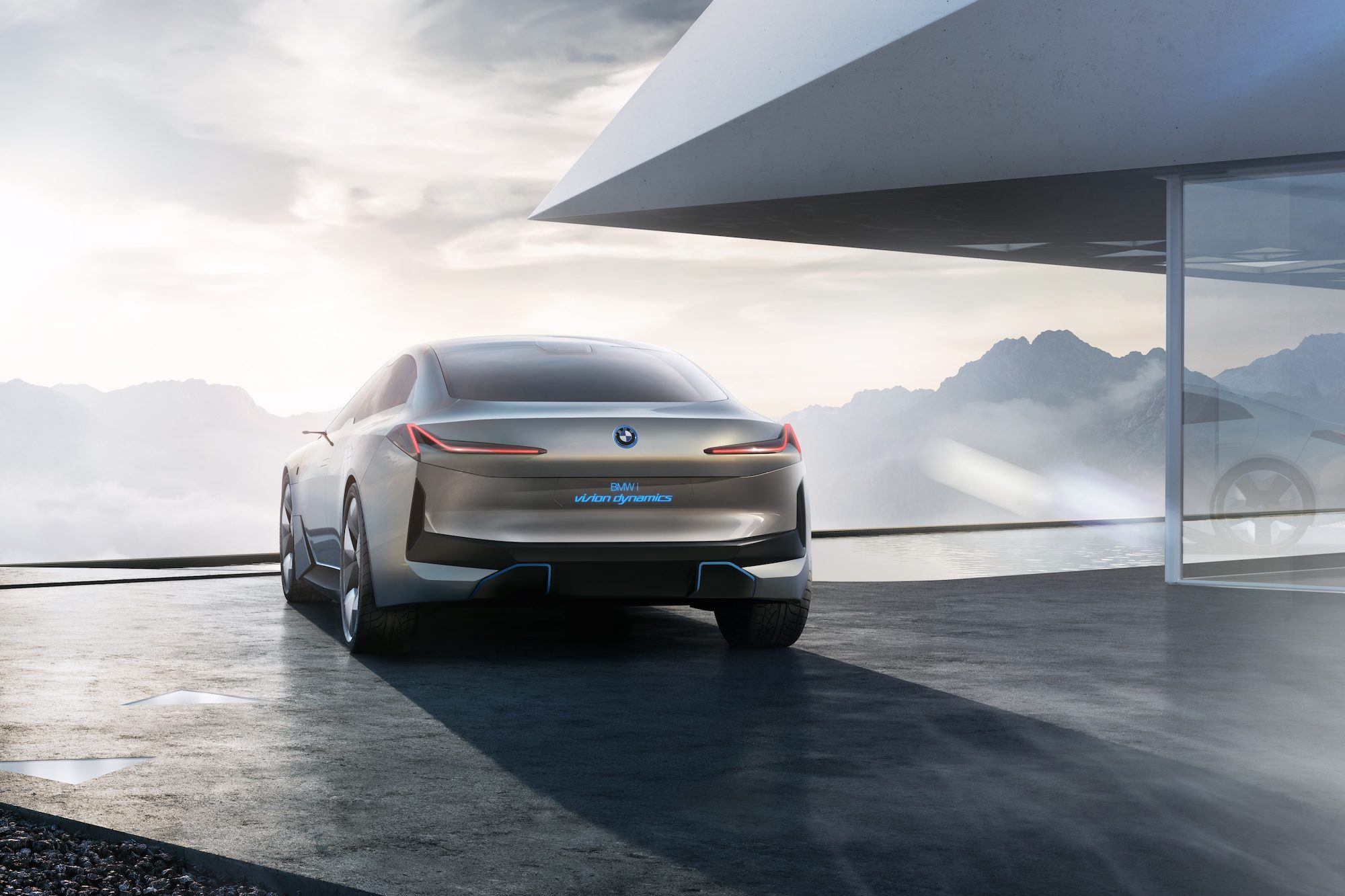Few carmakers have labored as doggedly as BMW to make driving exciting. For all their evocations of Wall Street strivers and the lunching leisure class, Bimmers are visceral machines that beg to be flung into a country bend. Yet as semi-autonomous tuna cans engineered by the likes of Google and Apple log miles in Silicon Valley and beyond, BMW’s embrace of driver-centrism risks looking quaint. How does this luxury performance brand dignify—let alone compete in—the automation races without betraying its decades-old tagline as the Ultimate Driving Machine?
To survey the German company at the dawn of 2018, it seems to be threading the needle quite deftly. Indeed, BMW is positioning itself to thrive in coming years—and in no small part because of a soft-spoken Dutchman in the design studio.
“We have to future-proof the company and the brand—the whole experience of mobility that we offer,” says Adrian van Hooydonk, BMW Group chief designer. Ever since assuming the role in 2009, van Hooydonk has been instrumental in expanding BMW’s portfolio. Though he has been pilloried for creating some vehicles of dubious aesthetic value (premium four-door coupé crossover, anyone?), he has helped deliver record sales. Van Hooydonk clearly understands his buyer better than his critics do.
“The customers should at all times decide what we do,” he says. “We talk to them a lot, and we learn that they’re not—to maybe some people’s surprise—opposed to having their car take over for, say, three hours of a six-hour drive.”
Five years ago, the notion of a self-driving Bimmer would have prompted the faithful to rend their driving gloves. But van Hooydonk’s six-hour scenario is wholly consistent with an industry rushing to offload tasks to the machines. Some viscerality may get dialed out, but van Hooydonk is convinced that design can step into the breach.
“With more time on their hands, people can appreciate the design that much more—in a way that perhaps they otherwise wouldn’t have,” he says. He cites his team’s work on the i Vision Dynamics concept car (pictured), which features a pane of glass that runs unimpeded from windshield to rear hatch—heightening visual drama for anyone inside the vehicle. BMW is also prototyping a holographic display solution, with which drivers can control various vehicle functions without ever touching a hard surface. “When the car is driving autonomously, it still has to deliver an emotional experience,” van Hooydonk says. “I think we’ll be able to manage that transition.”
BMW’s sheer scale was appreciable at last December’s Los Angeles Auto Show. On one side of the stage was the aforementioned i Vision Dynamics, a semi-autonomous EV bearing the cool angularity of an I, Robot transporter. On the other was the M3 CS, a hyperfast—if gasoline-slugging—track weapon. Van Hooydonk doesn’t apologize for the dissonance.
“BMW thrives on diversity. It’s what makes companies grow,” he says. “Look, the next ten years will be a period of transition, but if you make something desirable, you can accelerate the conversation, as opposed to just selling more of the same.”
(Photos: Courtesy BMW)

